Home>Gardening & Outdoor>Plant Care & Gardening Tips>What Kind Of Soil Do Mums Like
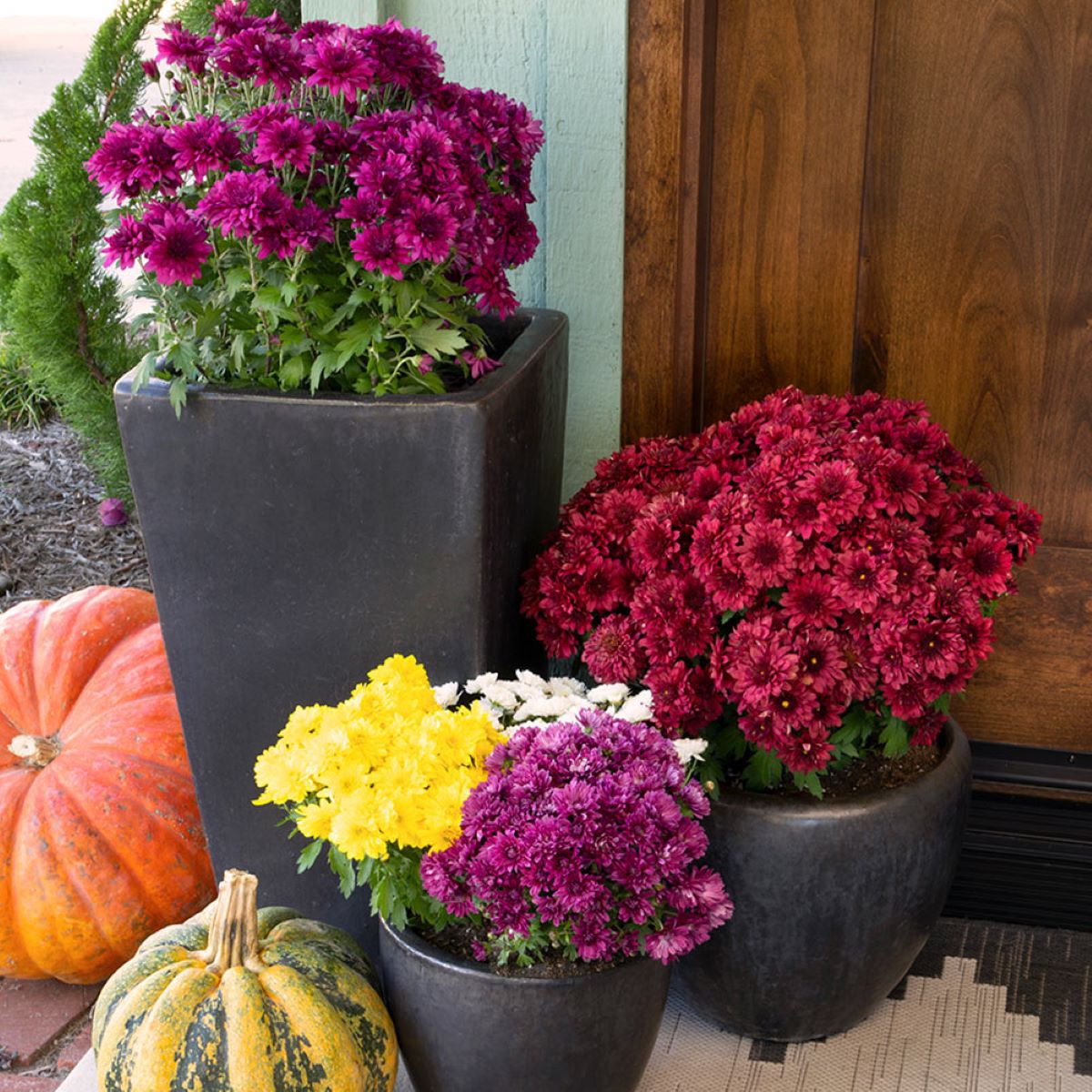

Plant Care & Gardening Tips
What Kind Of Soil Do Mums Like
Modified: March 2, 2024
Discover the best soil for mums with expert plant care and gardening tips. Learn how to create the perfect environment for your mums to thrive.
(Many of the links in this article redirect to a specific reviewed product. Your purchase of these products through affiliate links helps to generate commission for Storables.com, at no extra cost. Learn more)
Introduction
Mums, scientifically known as Chrysanthemums, are beloved for their vibrant blooms and remarkable resilience. These perennial plants have captured the hearts of gardeners and flower enthusiasts alike, gracing gardens, floral arrangements, and landscapes with their stunning array of colors. To ensure the optimal growth and blossoming of these magnificent flowers, it is crucial to understand the specific soil conditions that cater to their needs.
In this comprehensive guide, we will delve into the essential aspects of soil care for mum plants. From the importance of soil composition to the characteristics of the ideal soil for mums, we will explore the key factors that contribute to the health and vitality of these cherished blooms. Additionally, we will discuss the methods for testing and amending soil to create an optimal environment for mum plants to thrive.
By gaining a deeper understanding of the relationship between mums and soil, you will be equipped with the knowledge and insights needed to cultivate flourishing mum plants in your garden or outdoor space. Let's embark on this enlightening journey to uncover the secrets of nurturing vibrant and resilient mum plants through the power of soil care.
Key Takeaways:
- Mums love soil that drains well, has lots of nutrients, and a balanced pH. It’s like giving them a comfy bed to sleep in, so they can grow big and beautiful!
- Testing and fixing the soil for mums is like giving them a health check-up and a yummy meal. It helps them stay strong, happy, and colorful in your garden!
Read more: What Do Mum Seeds Look Like
Understanding Mum Plants
Mums, or Chrysanthemums, are renowned for their captivating beauty and remarkable versatility. These perennial plants belong to the Asteraceae family and are native to Asia and northeastern Europe. With a diverse range of colors, shapes, and sizes, mum plants have secured a cherished place in gardens, floral displays, and landscapes worldwide.
One of the most appealing attributes of mum plants is their resilience. They thrive in various climates and are known for their ability to withstand cooler temperatures, making them a popular choice for fall gardens. Additionally, their impressive adaptability allows them to flourish in different soil conditions, provided that certain essential requirements are met.
Mum plants typically feature dense clusters of flowers, with each bloom consisting of numerous individual florets. These blooms can exhibit an array of colors, including vibrant shades of red, yellow, orange, pink, and white, adding a delightful burst of color to any outdoor setting. The distinct shapes of mum flowers, ranging from daisy-like to pompon and spider forms, contribute to their allure and make them a versatile choice for floral arrangements and landscaping designs.
In terms of growth habits, mum plants can vary from compact and bushy to tall and upright, offering diverse options for gardeners seeking to create visually captivating displays. Whether used as border plants, focal points in garden beds, or components of mixed plantings, mum plants bring a sense of vibrancy and elegance to outdoor spaces.
Understanding the unique characteristics and growth patterns of mum plants is essential for creating an environment that supports their flourishing. By gaining insights into their preferences for soil, sunlight, and water, gardeners can harness the full potential of these resilient and enchanting flowers, elevating the beauty of their outdoor landscapes.
As we continue our exploration of soil care for mum plants, it is crucial to recognize the intrinsic qualities that make these blooms a beloved choice for gardeners and flower enthusiasts. With a deeper understanding of mum plants, we can embark on the journey of providing them with the optimal growing conditions they deserve.
Importance of Soil for Mums
The significance of soil for mum plants cannot be overstated, as it serves as the foundation for their growth, development, and overall well-being. The soil in which mum plants are cultivated plays a pivotal role in providing essential nutrients, maintaining proper drainage, and fostering a conducive environment for root establishment. Understanding the importance of soil for mums is crucial for nurturing healthy and vibrant blooms.
The composition of soil directly impacts the availability of vital nutrients that mum plants require to thrive. Essential elements such as nitrogen, phosphorus, and potassium, along with micronutrients like iron and magnesium, are fundamental for supporting robust growth and prolific flowering. The soil's ability to retain and release these nutrients in a balanced manner is instrumental in sustaining the overall health and vitality of mum plants.
Furthermore, the structure and texture of the soil significantly influence its drainage capabilities. Adequate drainage is essential for preventing waterlogging, which can lead to root rot and other detrimental conditions. Mum plants thrive in well-draining soil that allows excess water to percolate through, ensuring that the roots receive sufficient oxygen while maintaining appropriate moisture levels. The soil's capacity to strike this balance is crucial for safeguarding the root system of mum plants and promoting their resilience in various environmental conditions.
In addition to nutrient availability and drainage, the pH level of the soil is a critical factor that directly impacts the growth and blooming of mum plants. A slightly acidic to neutral pH range is generally preferred by mum plants, as it facilitates optimal nutrient uptake and supports overall physiological functions. Understanding and managing the pH level of the soil is essential for creating an environment that is conducive to the flourishing of mum plants.
By recognizing the importance of soil for mum plants, gardeners can prioritize soil care as a fundamental aspect of nurturing these beloved blooms. The role of soil in providing essential nutrients, maintaining proper drainage, and influencing pH levels underscores its significance in creating an environment that fosters the health, resilience, and abundant flowering of mum plants.
As we delve deeper into the characteristics of the ideal soil for mum plants, it becomes evident that the foundation for their thriving lies in the soil they are planted in. With a clear understanding of the pivotal role that soil plays in supporting the growth and blossoming of mum plants, we can proceed to explore the specific attributes that define the optimal soil conditions for these resilient and enchanting flowers.
Characteristics of Ideal Soil for Mums
The ideal soil for mum plants is characterized by a harmonious blend of essential attributes that cater to their specific needs, fostering robust growth, abundant flowering, and overall vitality. Understanding these key characteristics is paramount for creating an optimal environment that supports the flourishing of mum plants.
-
Well-Draining Texture: The ideal soil for mum plants exhibits a well-draining texture, allowing excess water to percolate through while preventing waterlogging. This promotes a healthy root system by ensuring adequate oxygen levels and preventing the risk of root rot, a common issue in poorly drained soil.
-
Nutrient-Rich Composition: Optimal soil for mum plants is rich in essential nutrients, including nitrogen, phosphorus, and potassium, which are vital for supporting vigorous growth and prolific flowering. Additionally, the presence of micronutrients such as iron, magnesium, and calcium contributes to overall plant health and resilience.
-
Balanced pH Level: Mum plants thrive in soil with a slightly acidic to neutral pH range, typically between 6.0 and 7.0. This balanced pH level facilitates efficient nutrient uptake and supports essential physiological processes, contributing to the overall well-being of the plants.
-
Loose and Aerated Structure: The ideal soil for mum plants features a loose and aerated structure, allowing for proper root development and facilitating the penetration of water, nutrients, and oxygen. This structural characteristic promotes healthy root growth and enhances the plant's ability to withstand environmental stressors.
-
Organic Matter Content: Soil that is rich in organic matter, such as compost or well-rotted manure, provides a valuable source of nutrients and contributes to the overall fertility and structure of the soil. The presence of organic matter enhances soil moisture retention and promotes a thriving ecosystem of beneficial microorganisms.
-
Optimal Moisture Retention: The ideal soil for mum plants strikes a balance between drainage and moisture retention, ensuring that the soil maintains adequate moisture levels without becoming waterlogged. This characteristic supports the plants' hydration needs while preventing the risk of root suffocation due to excessive moisture.
By incorporating these essential characteristics into the soil environment, gardeners can create an optimal growing medium that caters to the specific requirements of mum plants. The interplay of well-draining texture, nutrient-rich composition, balanced pH level, loose and aerated structure, organic matter content, and optimal moisture retention forms the foundation for nurturing healthy, resilient, and vibrant mum plants.
Understanding the nuanced interplay of these characteristics empowers gardeners to cultivate an environment that maximizes the potential of mum plants, allowing them to thrive and adorn outdoor spaces with their captivating beauty and enduring charm.
Testing and Amending Soil for Mums
Testing and amending the soil for mum plants is a crucial step in ensuring that the growing environment meets the specific needs of these resilient and vibrant blooms. By conducting soil tests and implementing targeted amendments, gardeners can optimize the soil composition to create an ideal foundation for the flourishing of mum plants.
Read more: What Do Mums Look Like In The Summer
Soil Testing
Before embarking on the journey of amending the soil for mum plants, it is essential to conduct comprehensive soil testing to assess key parameters such as pH level, nutrient content, and overall soil composition. Soil testing kits, available at garden centers or through professional testing services, provide valuable insights into the current state of the soil, guiding the subsequent amending process.
pH Level Assessment
The pH level of the soil significantly influences the growth and blooming of mum plants. By testing the pH level, gardeners can determine whether the soil falls within the preferred slightly acidic to neutral range of 6.0 to 7.0. If the pH deviates from the optimal range, targeted amendments such as the application of lime to raise pH or elemental sulfur to lower pH can be implemented to achieve the desired balance.
Nutrient Analysis
Soil testing also facilitates a comprehensive analysis of nutrient levels, including essential elements such as nitrogen, phosphorus, and potassium, along with micronutrients like iron, magnesium, and calcium. Based on the nutrient analysis results, gardeners can tailor their approach to soil amendments, supplementing the soil with organic fertilizers or specific nutrient blends to address any deficiencies and optimize nutrient availability for mum plants.
Organic Matter Incorporation
Amending the soil for mum plants often involves the incorporation of organic matter to enhance soil fertility and structure. Well-rotted compost, aged manure, or organic soil amendments can be introduced to enrich the soil with valuable nutrients and beneficial microorganisms, promoting a thriving ecosystem that supports the growth and resilience of mum plants.
Read more: What Kind Of Flowers Are Mums
Adjusting Soil Texture
In cases where the soil exhibits poor drainage or compacted texture, amending the soil for mum plants may involve incorporating materials such as perlite, vermiculite, or coarse sand to improve aeration and drainage. This adjustment enhances the soil's capacity to support healthy root development and prevents waterlogging, creating an environment conducive to the flourishing of mum plants.
Monitoring and Iterative Amending
After implementing initial soil amendments, ongoing monitoring of the soil conditions and plant health is essential. This allows gardeners to assess the effectiveness of the amendments and make iterative adjustments as needed to maintain optimal soil conditions for mum plants. Regular soil testing and observation enable a proactive approach to soil care, ensuring that the growing environment consistently supports the vitality and vibrancy of mum plants.
By undertaking the process of testing and amending the soil for mum plants, gardeners can fine-tune the growing environment to align with the specific requirements of these beloved blooms. This proactive approach to soil care sets the stage for nurturing healthy, resilient, and vibrant mum plants, allowing them to thrive and adorn outdoor spaces with their captivating beauty and enduring charm.
Conclusion
In conclusion, the soil plays a pivotal role in nurturing healthy, resilient, and vibrant mum plants. By understanding the specific soil requirements and implementing targeted soil care practices, gardeners can create an optimal environment that supports the flourishing of these beloved blooms. The interplay of essential characteristics, including well-draining texture, nutrient-rich composition, balanced pH level, loose and aerated structure, organic matter content, and optimal moisture retention, forms the foundation for cultivating thriving mum plants.
The significance of soil for mum plants extends beyond providing essential nutrients and maintaining proper drainage; it encompasses the creation of a nurturing ecosystem that fosters robust growth, abundant flowering, and overall vitality. By recognizing the importance of soil testing and amending, gardeners can proactively tailor the soil composition to align with the specific needs of mum plants, ensuring that they receive the optimal growing conditions they deserve.
The journey of soil care for mum plants begins with a deep understanding of their unique characteristics and growth patterns. This knowledge serves as the compass for creating an environment that maximizes the potential of mum plants, allowing them to flourish and adorn outdoor spaces with their captivating beauty and enduring charm. Through the harmonious integration of soil characteristics and targeted amendments, gardeners can cultivate an environment that supports the health, resilience, and abundant flowering of mum plants, enriching gardens, landscapes, and floral displays with their vibrant hues and enchanting allure.
As we embrace the art of soil care for mum plants, we embark on a journey of nurturing not just flowers, but a profound connection with nature. The soil becomes the canvas upon which the story of mum plants unfolds, weaving a tale of resilience, vibrancy, and natural elegance. With each carefully tended soil amendment and each vibrant mum bloom, we celebrate the timeless dance between plants and the earth, honoring the intricate balance that sustains the beauty and vitality of our outdoor spaces.
In the realm of gardening and plant care, the soil stands as a silent yet powerful ally, nurturing life and bestowing its bountiful gifts upon the flora it cradles. Through our dedicated soil care efforts, we honor this alliance, fostering a harmonious environment where mum plants thrive, inspiring awe and delight with their radiant blooms. As we partake in the artistry of soil care, we become stewards of a living tapestry, where the soil, the plants, and the gardener unite in a symphony of growth, beauty, and natural abundance.
Frequently Asked Questions about What Kind Of Soil Do Mums Like
Was this page helpful?
At Storables.com, we guarantee accurate and reliable information. Our content, validated by Expert Board Contributors, is crafted following stringent Editorial Policies. We're committed to providing you with well-researched, expert-backed insights for all your informational needs.
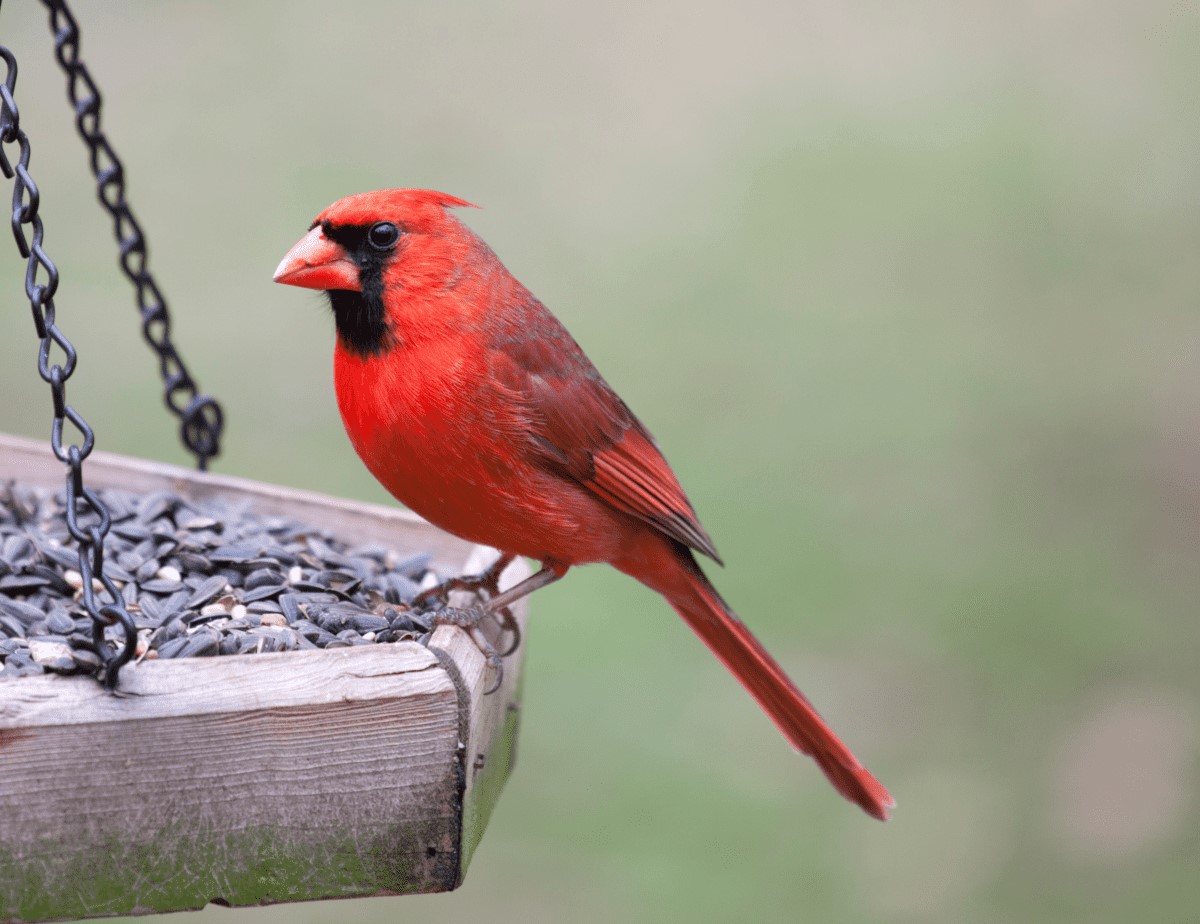

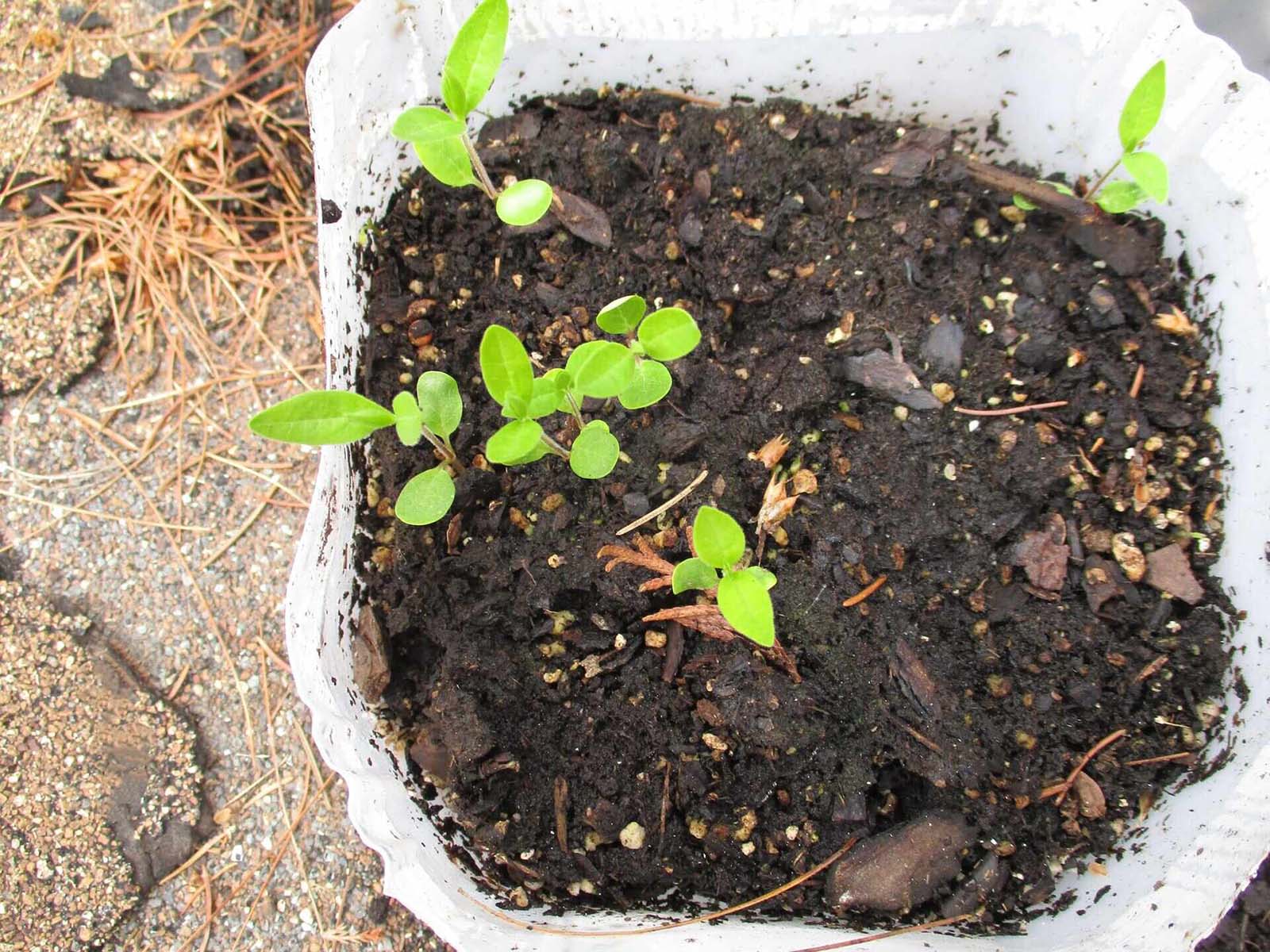
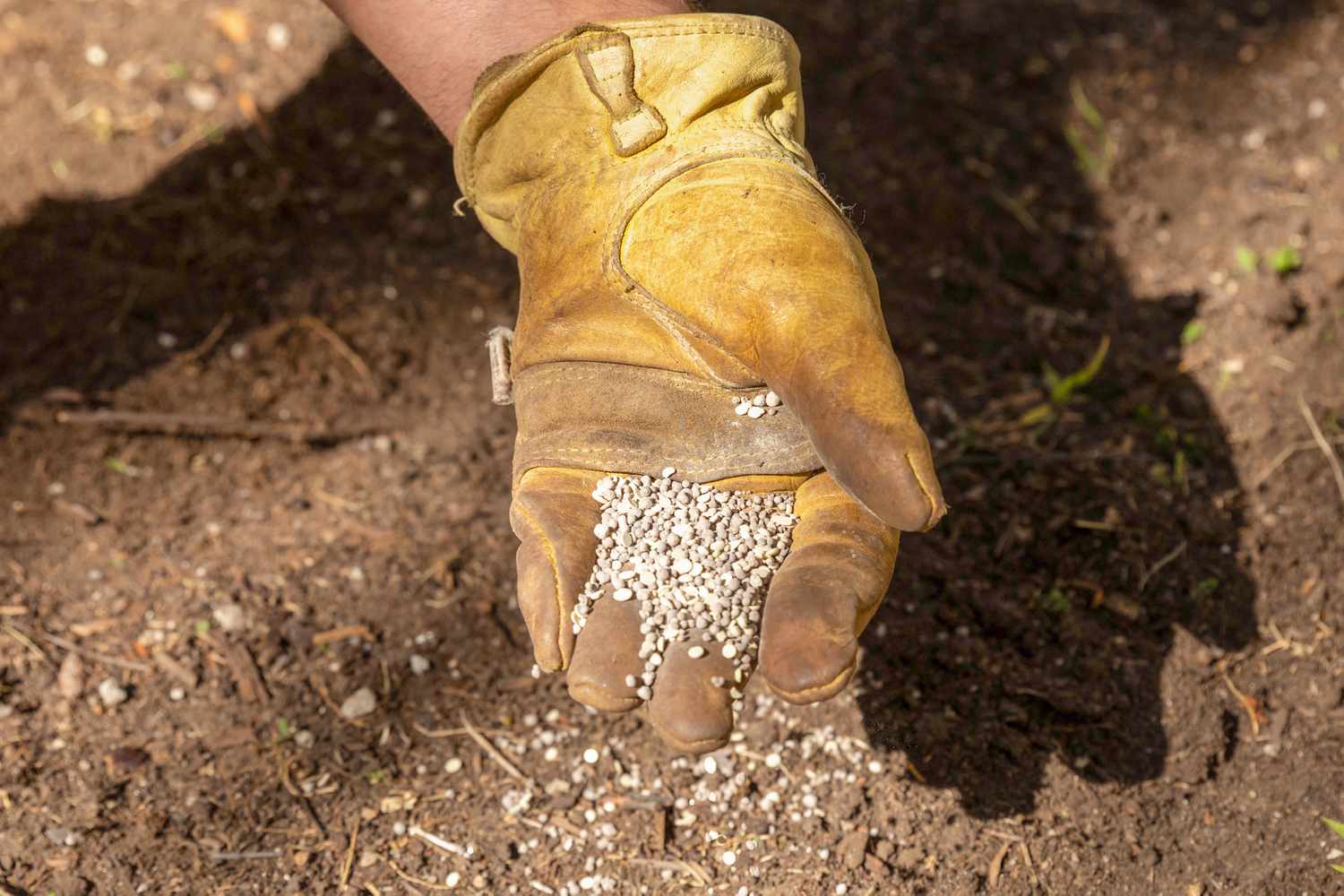
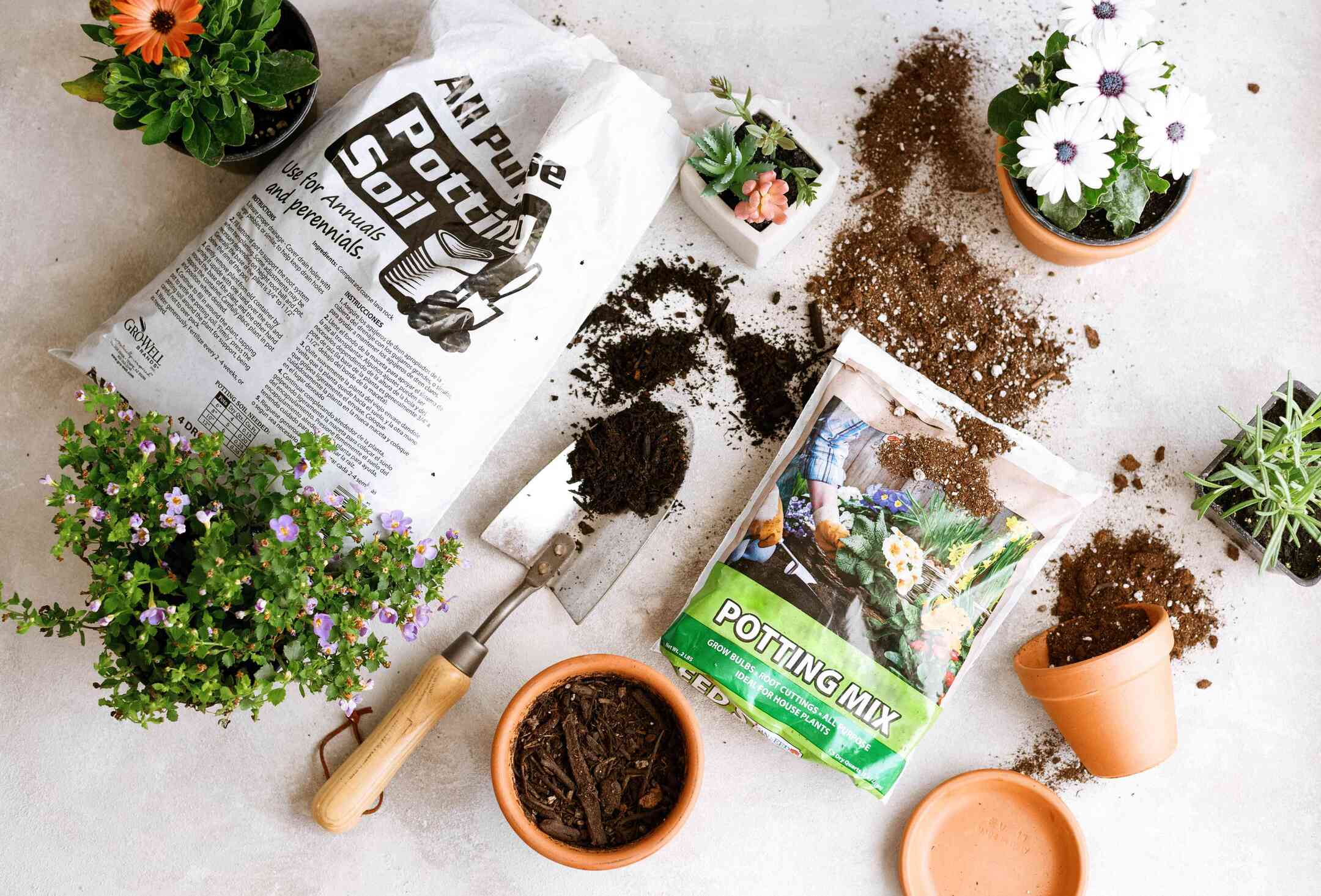
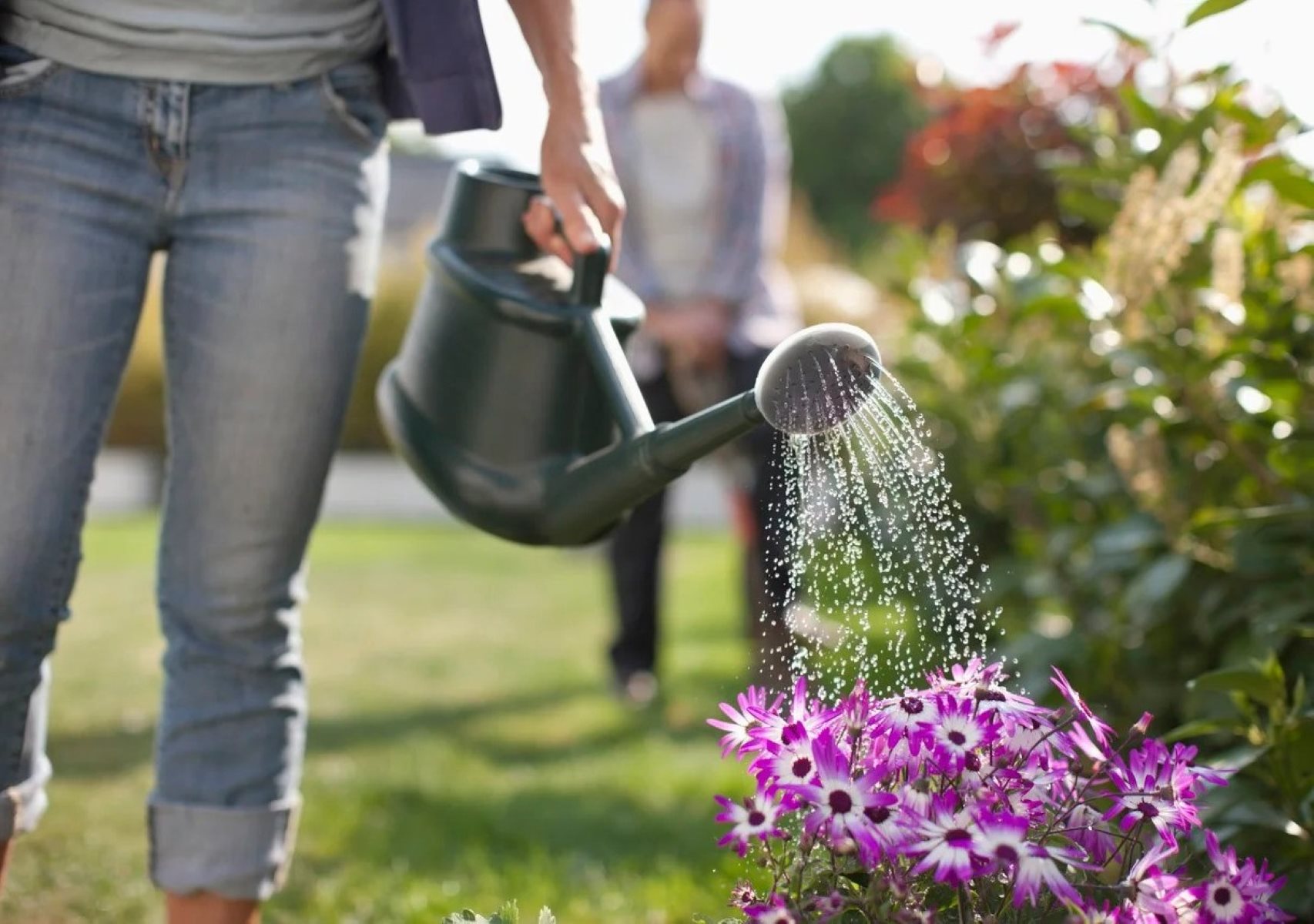
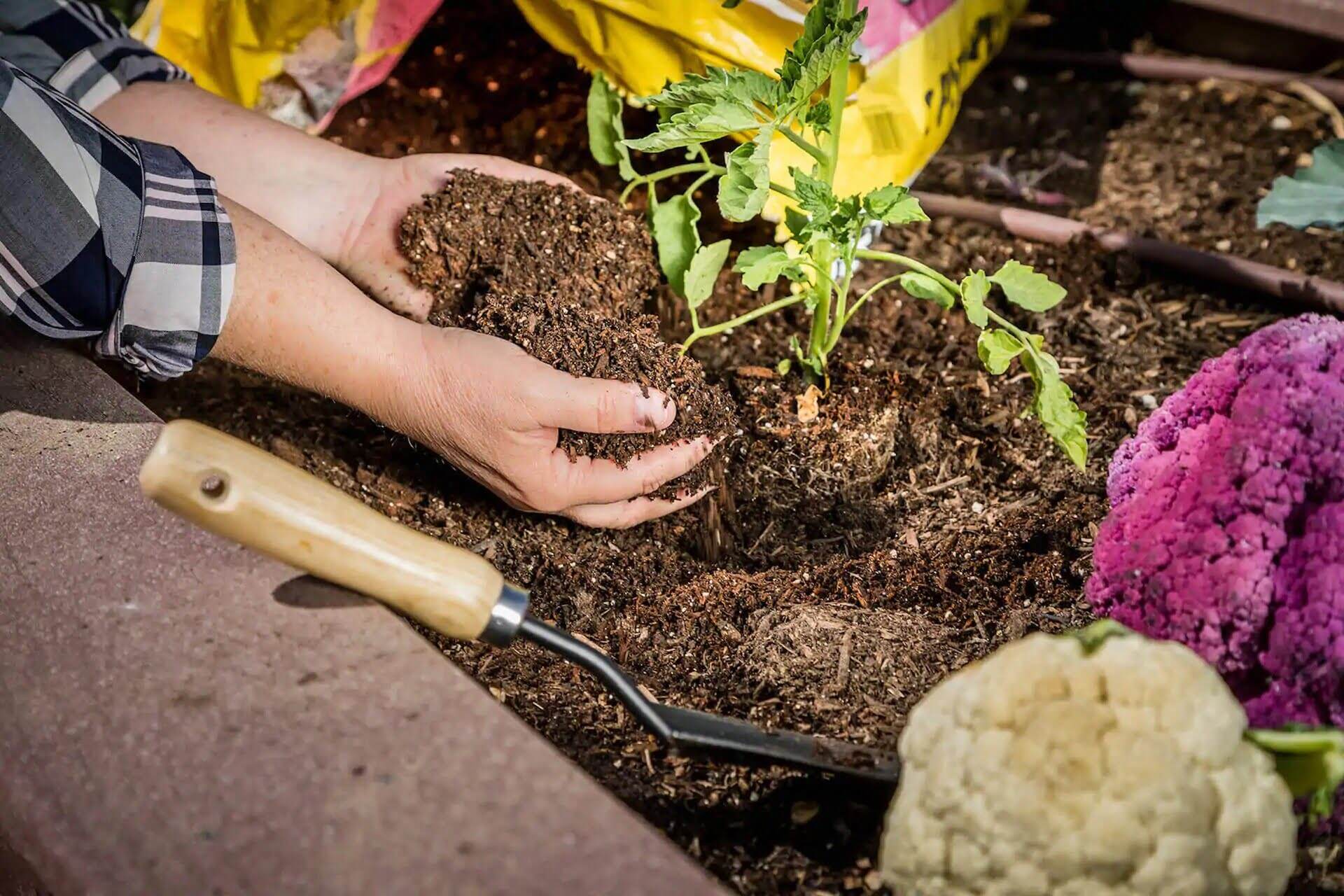
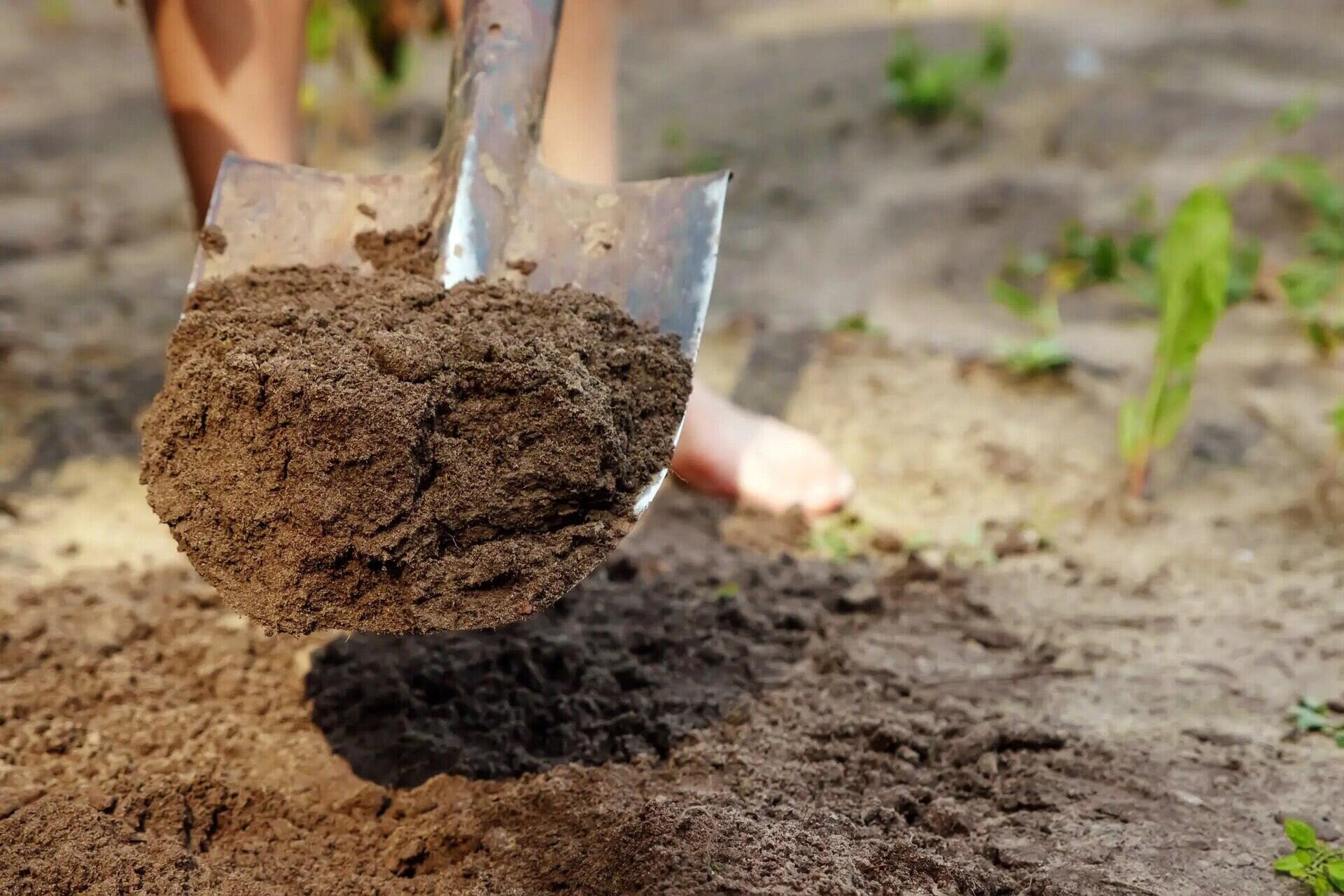
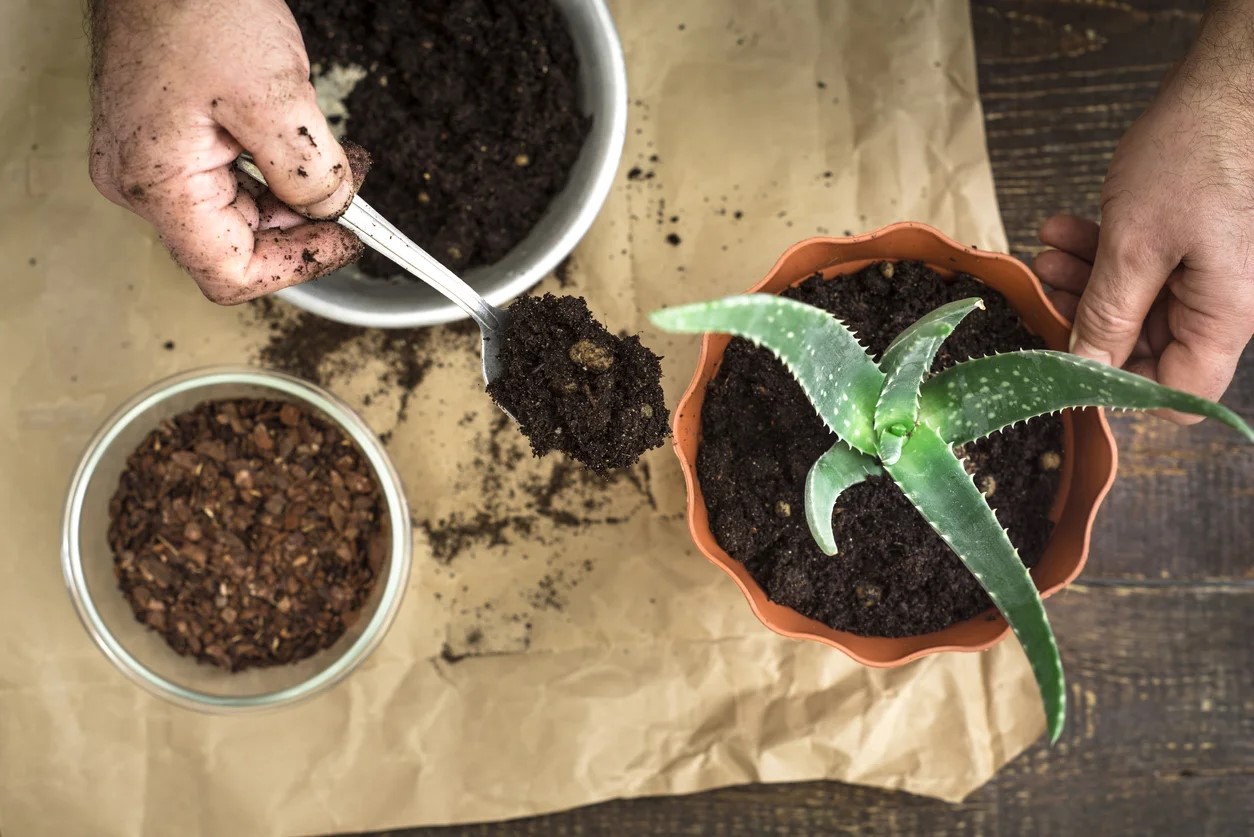
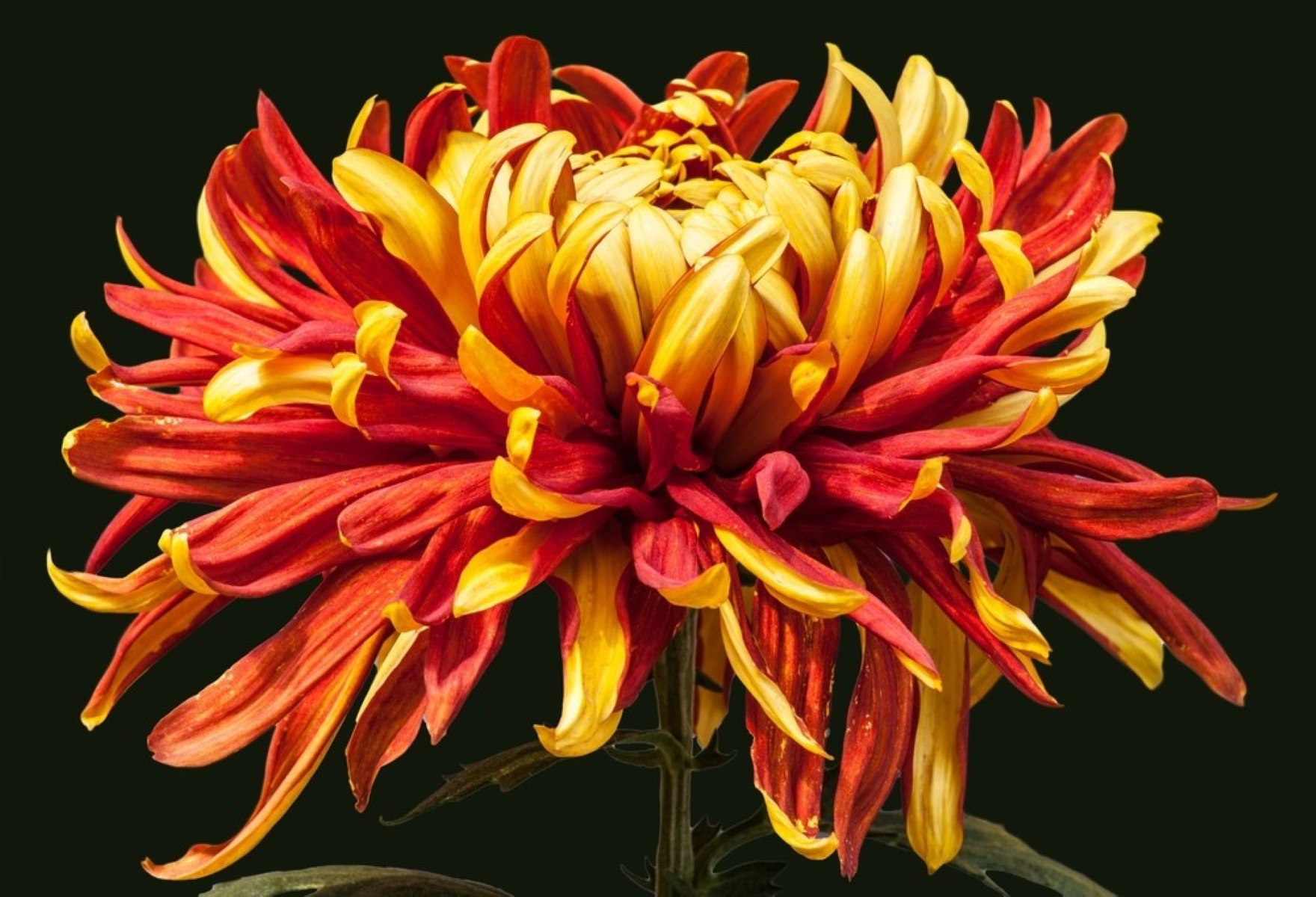
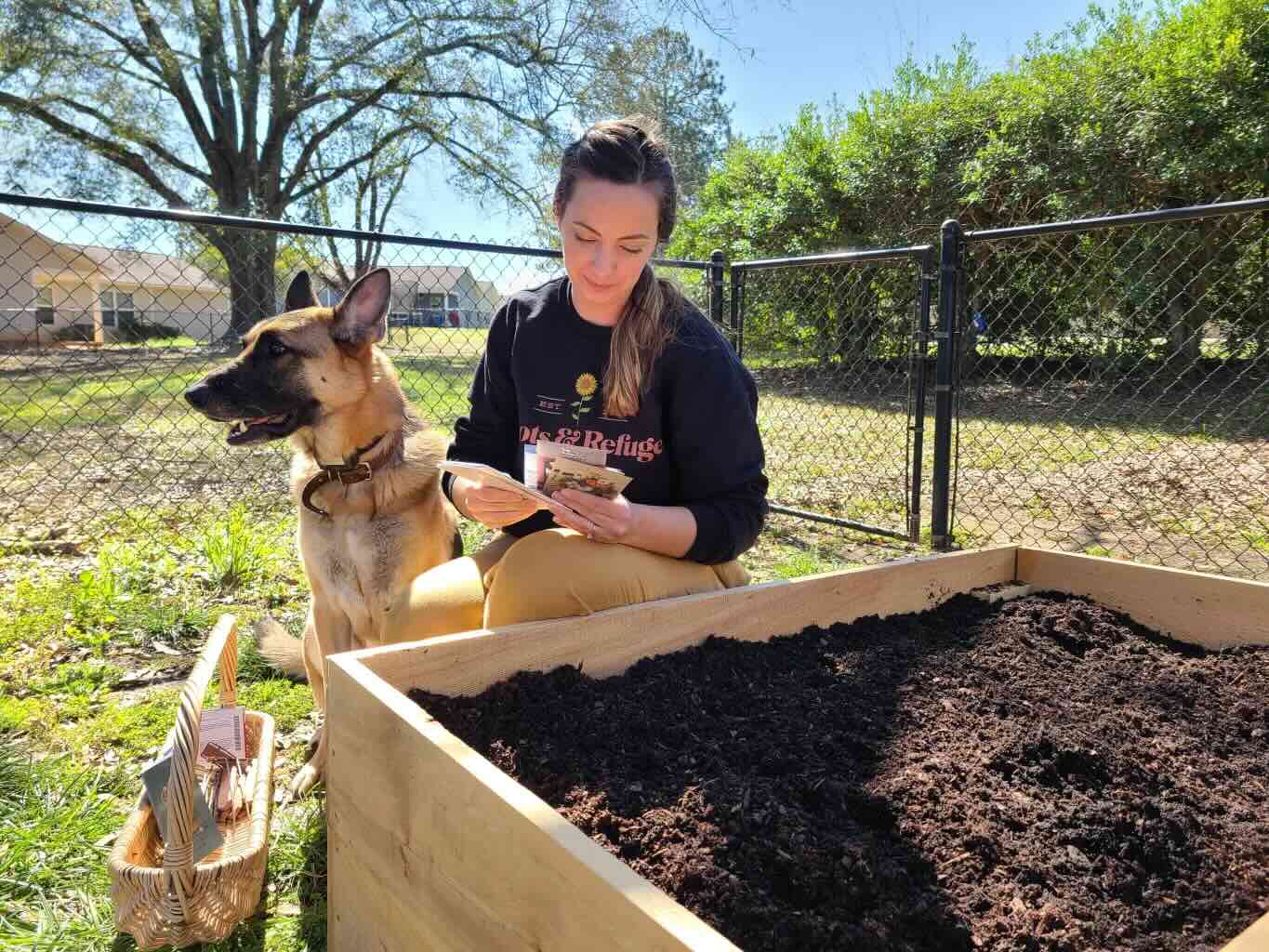
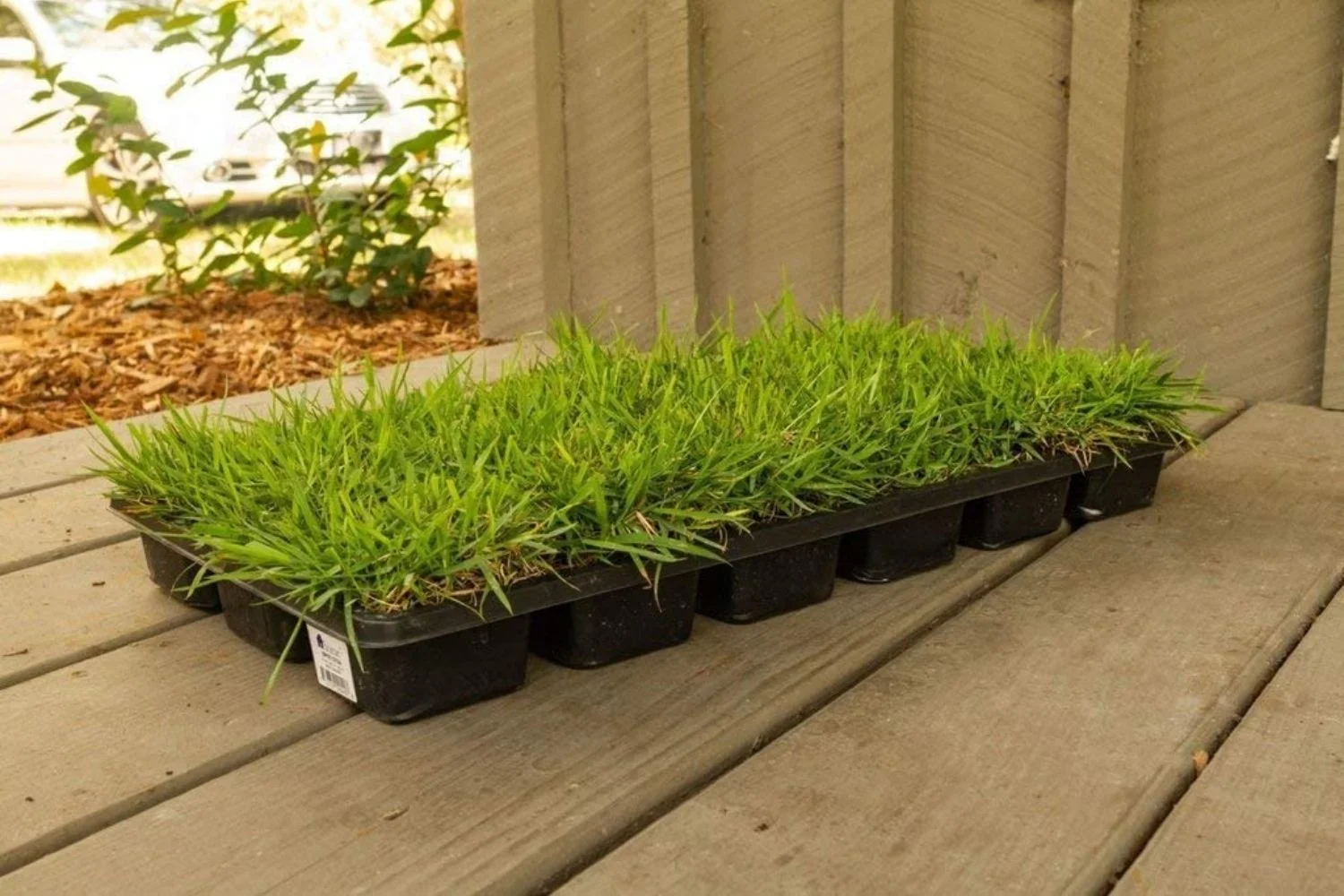
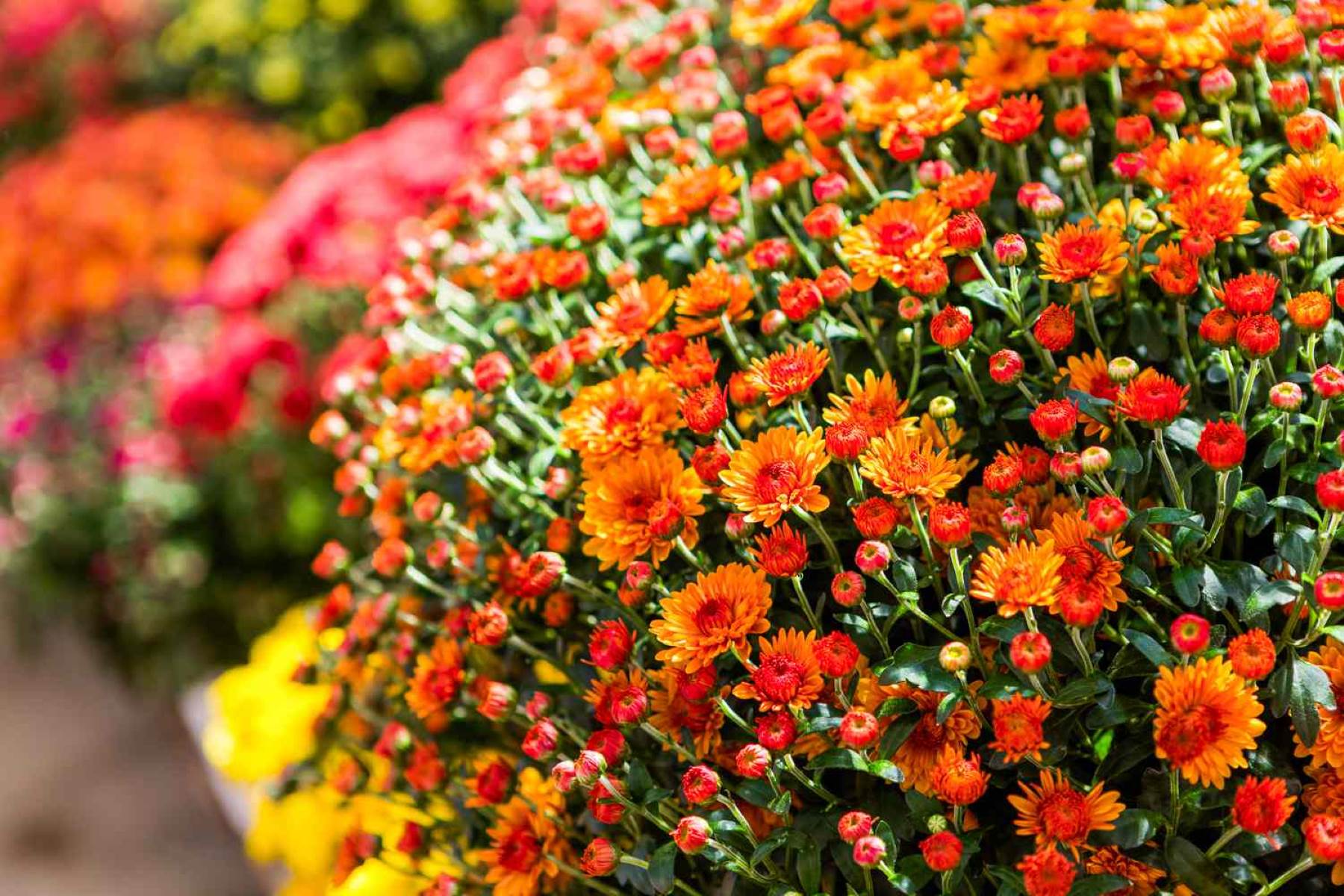

0 thoughts on “What Kind Of Soil Do Mums Like”